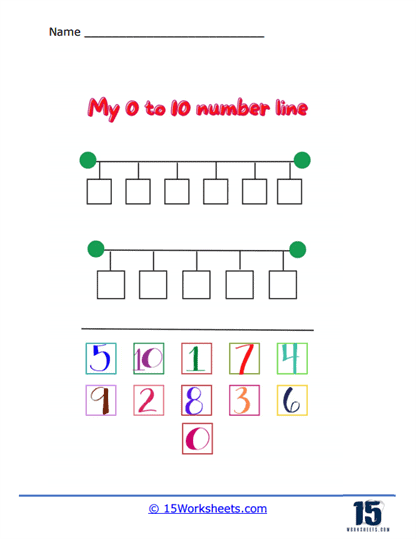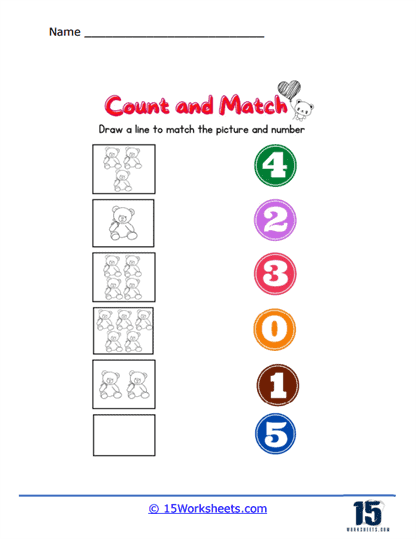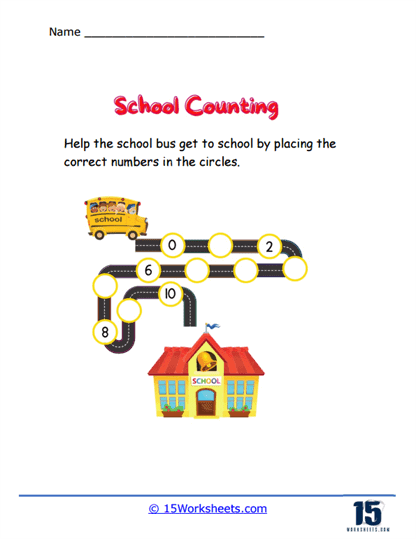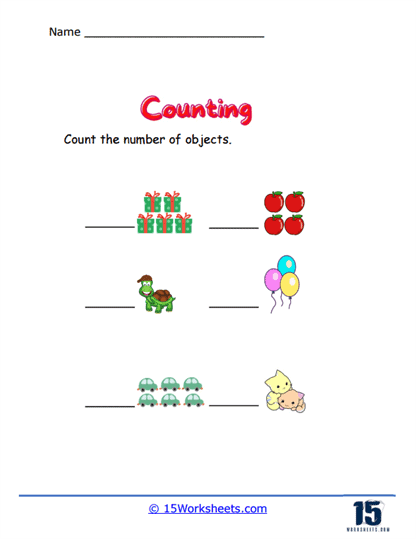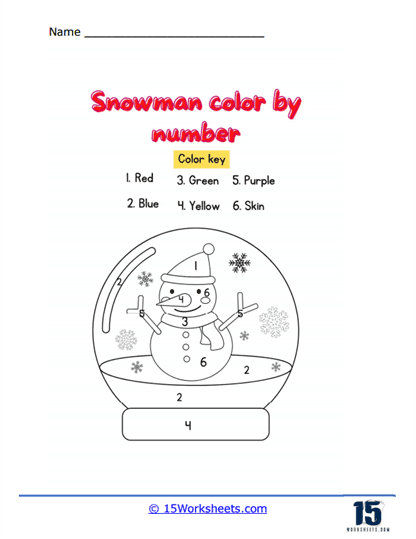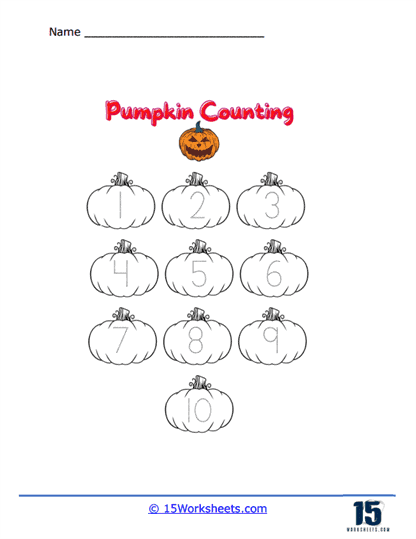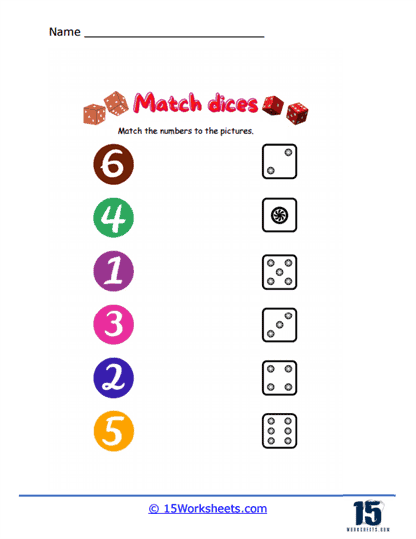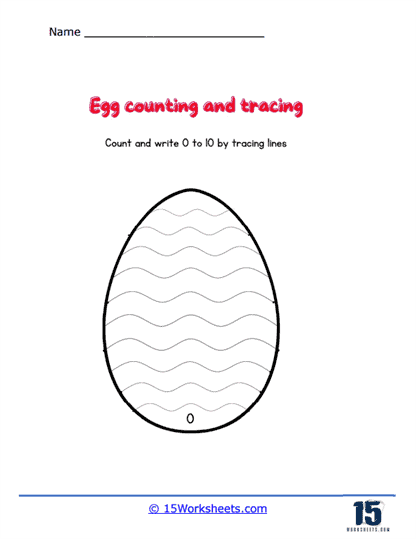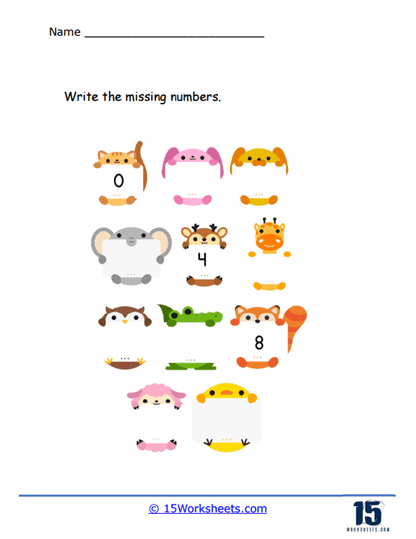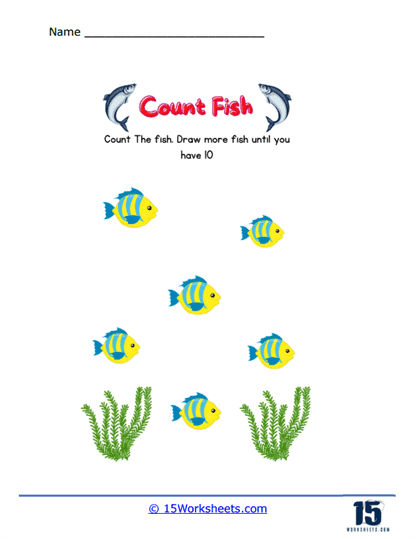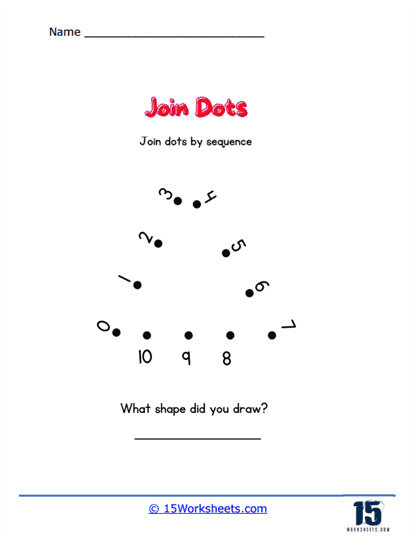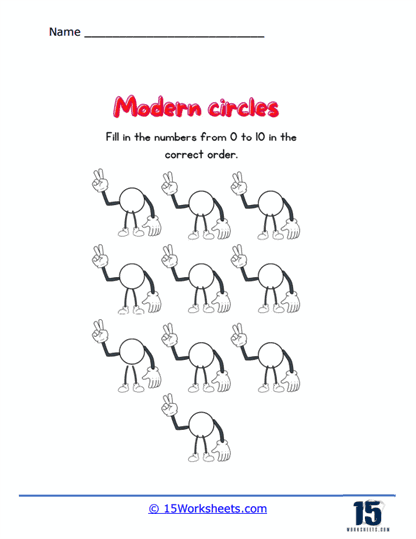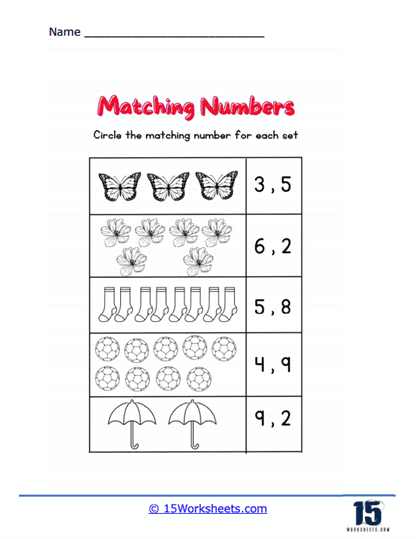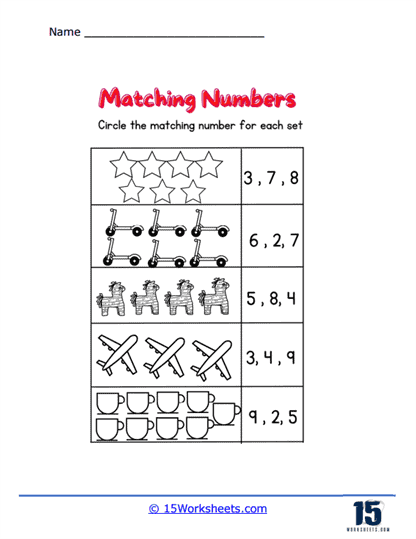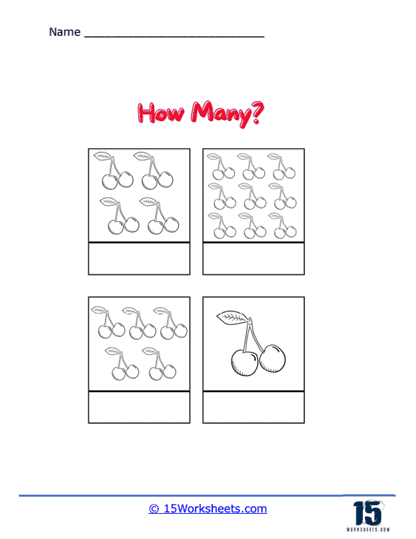0 to 10 Worksheets
About These 15 Worksheets
Learning the numbers 0 to 10 worksheets are educational tools designed to help young learners grasp the fundamental concept of numbers and counting. These worksheets are typically used in preschool and early elementary school settings to introduce children to the basics of mathematics. They serve not only as an introduction to the numbers themselves but also to the various concepts associated with numbers such as counting, number recognition, sequencing, and basic arithmetic.
Through a variety of exercises, these worksheets build a strong foundation in number recognition, counting, and the basic concepts underlying arithmetic. Regular practice helps students develop fluency, confidence with these number sense skills. Worksheets that focus on numbers 0 to 10 come in various forms and cater to different learning styles and objectives. Here are some of the common types of exercises found on these worksheets:
Counting Exercises – Counting is one of the most basic skills in numeracy. Worksheets may display a certain number of objects and ask children to count them. These objects can range from simple shapes to animals or other thematic items that engage children’s interests. Some worksheets may include a line of numbers at the bottom, where children can match the counted objects to the correct numeral. Children learn to connect numerals with actual quantities. For example, they might be asked to draw a line from the number 5 to a group of five apples. This reinforces the concept that numbers represent specific amounts.
Number and Sequence Recognition – These exercises help children identify and differentiate between numbers. Worksheets may present numbers in various fonts and sizes, asking children to circle or color a specific number. This helps students to recognize the number regardless of its presentation. Worksheets might present numbers out of order, asking children to write them in the correct sequence. This type of exercise strengthens the understanding of number order and the relationship between consecutive numbers.
Color by Number – In these exercises, children color sections of a picture according to a number key, where each number corresponds to a color. This type of worksheet makes learning numbers enjoyable and creative while practicing number recognition. These are fun puzzles where children connect dots numbered from 0 to 10 to reveal a hidden image. This helps with number sequencing and provides a rewarding image for the child’s efforts.
Picture Addition and Subtraction – These introduce basic arithmetic by using pictures. For example, a worksheet might show three apples plus two apples and ask how many apples there are in total. Alternatively, it might present five apples and instruct the child to cross out two, then count the remaining apples. These worksheets involve cutting out numbers and pasting them next to corresponding sets of items. This hands-on activity is excellent for motor skills and for reinforcing the concept of number to quantity matching.
Ten Frames – Worksheets with ten frames help children visualize numbers as amounts, which is crucial for understanding base-ten systems and for later arithmetic work. Children fill in the frames according to the number given or count the filled frames to identify the number. These worksheets have mazes where the correct path is determined by following a sequence of numbers in order. This type of exercise makes learning playful and promotes logical thinking.
The Benefits of These Worksheets
These seemingly simple tools play a crucial role in developing a solid foundation in mathematics. Let’s jump deeper into how practicing with worksheets can significantly benefit your child’s mathematical journey.
Developing Number Familiarity
One of the first steps in mastering math is becoming familiar with numbers. Worksheets offer ample opportunities for children to immerse themselves in the world of numbers, helping them recognize patterns and understand the structure of numerical systems. Through regular practice, students start to feel comfortable working with numbers, paving the way for more complex mathematical concepts down the road.
Understanding the Concept of Quantity
Counting exercises featured in worksheets lay the groundwork for understanding the concept of quantity. As children progress through these activities, they learn that numbers represent specific quantities and that these quantities are cumulative. This fundamental understanding sets the stage for more advanced arithmetic operations, such as addition and subtraction.
Improving Number Fluency
Repetition is key to mastering any skill, and math is no exception. By engaging in counting, sequencing, and number recognition exercises, children gradually improve their number fluency. With practice, they can quickly and accurately identify numbers, which is essential for solving math problems efficiently.
Establishing a Basis for Arithmetic
Worksheets often include exercises that introduce basic arithmetic concepts, such as addition and patterns. Through these activities, children learn that numbers can be combined to form new quantities—a fundamental principle in arithmetic. As they tackle these tasks, they develop the building blocks for more advanced mathematical operations.
Enhancing Fine Motor Skills and Number Formation
Beyond numerical concepts, worksheets also help children enhance their fine motor skills. Activities like tracing and writing numbers require precise hand movements, strengthening hand muscles and improving control. These skills not only benefit children in their mathematical endeavors but also in other areas that demand manual dexterity.
Building Confidence with Numbers
Success breeds confidence, and completing worksheets successfully can do wonders for a child’s self-assurance in math. As children conquer various exercises, they gain confidence in their abilities, fostering a positive attitude towards learning. This newfound confidence encourages them to tackle more challenging math problems with enthusiasm.
Encouraging Mathematical Thinking
Even at a basic level, worksheets encourage children to think mathematically. Through observation, prediction, and problem-solving, children begin to develop critical thinking skills that are essential for success in math. By engaging in these activities, they learn to approach problems systematically and develop strategies for finding solutions.
Fostering Independent Learning
Worksheets provide an excellent opportunity for self-guided practice, allowing children to take ownership of their learning. As they work through each worksheet, they can track their progress and identify areas for improvement. This self-assessment fosters independence and empowers children to become active participants in their mathematical journey.
Tips for Teaching Kids Their Numbers from 0 to 10
Here are some methods and activities you can use to help children learn numbers:
Sing Number Songs – There are many popular number songs, like “One, Two, Buckle My Shoe” or “Ten Little Indians,” that can help kids familiarize themselves with numbers. Sing these songs together and encourage the children to join in.
Use Visual Aids – Create or buy flashcards with numbers and their corresponding images. For example, a card with the number 3 might have three apples on it. Show the cards to the children and help them associate the numbers with the objects.
Count Everyday Objects – Use objects from the child’s surroundings, like toys, snacks, or even fingers, to practice counting. Have the child count the items with you and say the numbers out loud.
Play Number Games – Games like “I Spy” with a number theme can help reinforce number recognition. For example, say, “I spy something with the number 4 on it,” and have the child search for the object.
Practice Writing Numbers – Encourage children to practice writing numbers by providing them with worksheets, chalkboards, or whiteboards. Start with the numbers 0 to 10 and work on perfecting their form and understanding the sequence.
Number Puzzles and Matching Games – Create or buy puzzles and matching games that involve numbers. These activities will help children recognize and differentiate between numbers.
Incorporate Numbers Into Daily Routines – Include numbers in everyday activities, like setting the table (counting out plates, utensils, etc.) or getting dressed (counting buttons, shoes, etc.). This helps children practice counting and develop a better understanding of numbers.
Read Number Books – Read books that focus on numbers and counting with your child. This will not only help them learn numbers but also develop a love for reading.
Remember, practice and repetition are key when teaching children numbers. Be patient, and try different methods until you find the one that works best for your child. Most importantly, make learning fun and engaging to keep their interest.

